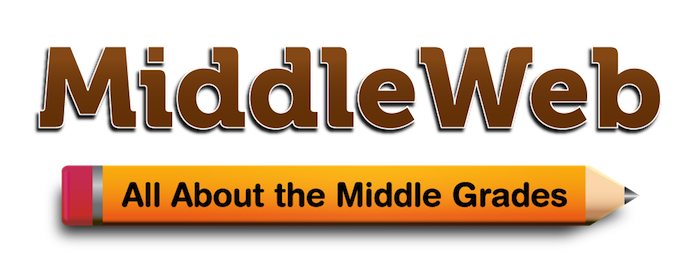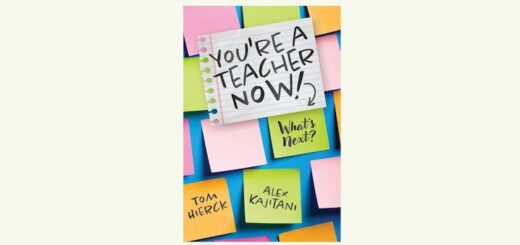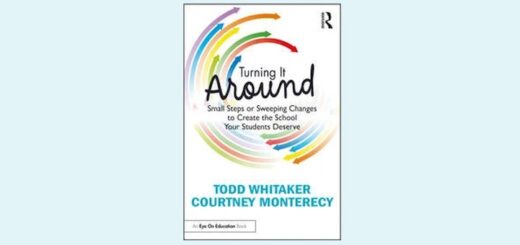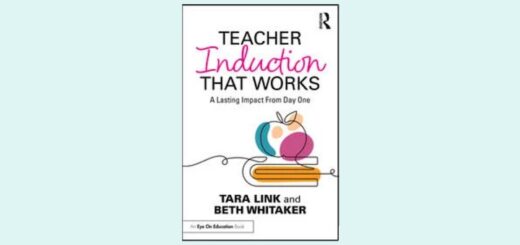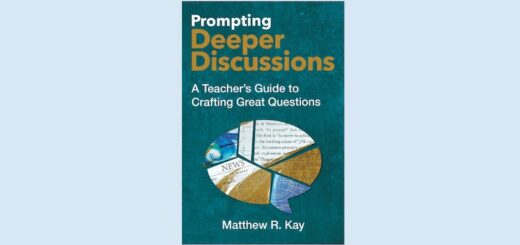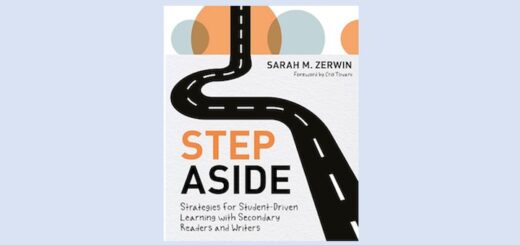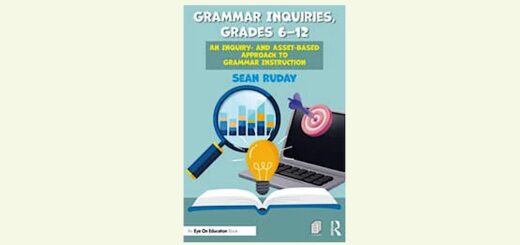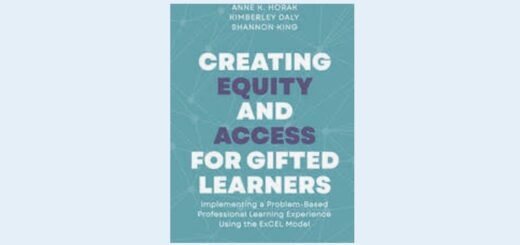Teaching and learning in grades 4-8
MiddleWeb is all about middle school & the middle grades — with a sharp focus on teaching and learning in grades 4-8. Click to learn about our work and what we have to offer, and find out how to get involved.
Planning the pacing of a lesson and adjusting the timing along the way creates the most meaningful academic experiences for students. Middle school teacher Laurie Hornik shares six techniques she uses to help assure her lessons have well-timed beginnings, middles, and ends.
Cofino and Botbyl offer an accessible mentorship resource for women seeking to enhance their leadership skills and effectiveness. Principal DeAnna Miller found many valuable insights for both women who aspire to ed leadership roles and those interested in mentoring future leaders.
Natalie Wexler dives deep into the gap between academic research and classroom application, firmly supporting the Science of Reading but arguing that a content-rich curriculum is essential to build the background knowledge older students need to understand more complex texts.
Librarians do more than read with elementary kids, check out books to middle schoolers, or gather books for reshelving in high schools. The modern school librarian is an advocate for joyful reading and a provider of meaningful learning opportunities, writes Jennifer Sniadecki.
When teachers design classrooms around how students think and engage – not just what they’re expected to know – we unlock a learning environment where curiosity replaces compliance, and excitement replaces dread, writes middle grades educator and NBCT Kathleen Palmieri.
In The Missing Link to Help Them Think, brain research specialist Marilee Sprenger presents the integral link between SEL and executive functions, explaining how to create a bridge between the two. Katie Durkin praises the book as a quick but thorough read helpful all year.
Down Syndrome Out Loud introduces middle graders to people with Down syndrome and to an overview of the condition and its effects. Librarian Steve Tetreault recommends the book join your nonfiction collection to help students gain perspective or see themselves reflected.
Fall is Kasey Short’s favorite time to update her classroom library and create a list of new MG and YA books for our visitors to consider. This year’s choices explore themes that resonate with adolescent readers, including new series titles and books with diverse perspectives.
Each year our mission is to build community so that middle schoolers can make friends, learn, and thrive. Megan Kelly shares activities that are breaks in the routine to allow students to enjoy themselves and work together, building trust for the more complex tasks ahead.
Two books from Jason McIntosh – one centering on PBL quests and the other on paleontology investigations – offer advanced students learning challenges not often found in middle grades books, writes Kim Rensch. The books include lesson plans – and a short novel by McIntosh!
